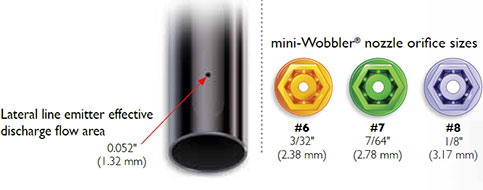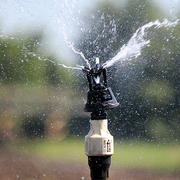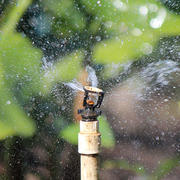
After switching to drip irrigation, growers initially use less water, save money and get similar yields as they did with an overhead system. Once that first year passes, the grower realizes that the system is complex and high-maintenance. Replicating the first year’s results requires several hours of labor and a keen eye for detail.
Drip systems need to function efficiently throughout the entire growing season. Any failure at a critical point in the production cycle can cause severe crop losses. Unfortunately, system failures are often the result of inadequate maintenance.
Drip systems need constant filter monitoring and frequent flushes or replacements to prevent plugging. Emitter orifices range from 0.2 to 2 millimeters and are easily plugged by algae, fertilizer deposits, and minerals like calcium and iron.
The system’s filter should be flushed daily to prevent plugging, and an inspection of the entire system should be conducted weekly. Without proper filtration, water pressures will eventually crack the plugged lines. Chemicals also need to be incorporated into the grower’s management strategy to dissolve mineral concentrations that can plug emitters.
Overhead systems require less filtration since sprinklers have larger orifice sizes. This makes them suitable for growers who get irrigation water from lakes and rivers. The visible application pattern also makes it easier for growers to identify potential system issues before they adversely affect crop growth.
Drip systems are sensitive and more prone to damage than overhead systems. Rodents, weed cutters, laborers, mechanical harvesting equipment and even the sun can damage drip systems.
Overhead systems use PVC lines, steel piping and corrosion-resistant thermoplastics. Solid set installations have been known to last anywhere from 10 to 30 years. The underground tubing and piping of permanent solid set systems generally last around 30 years in the field, while risers and overhead sprinklers can last 10 to 15 years. Solid set systems also bring the added benefits of high automation and low labor requirements, adaptation to the rotation of crops, and recovery irrigation.



